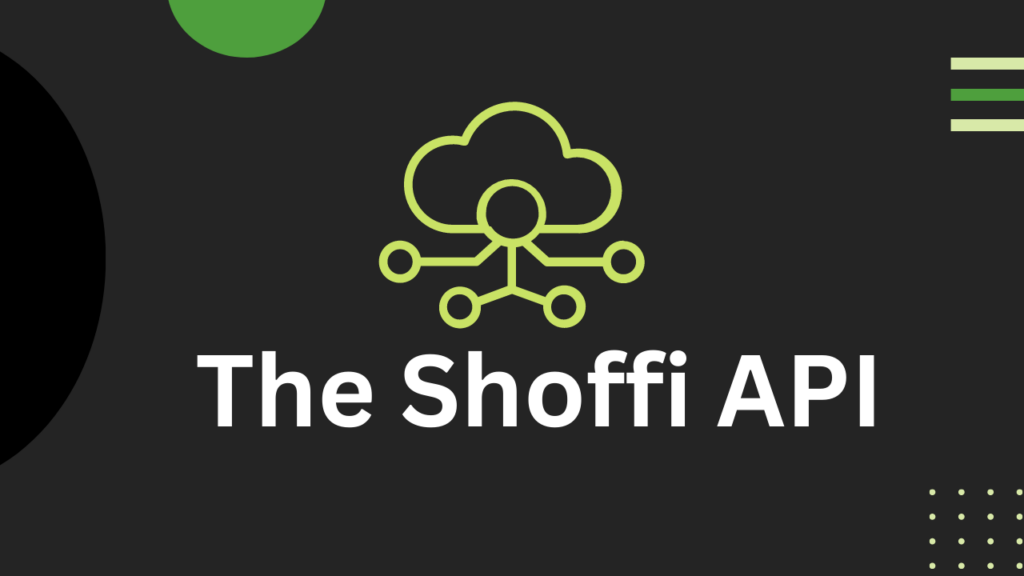Shopify App Store
Most Shopify apps, especially small and medium-sized ones, rely on this channel.
The users who visit your listing page have a strong buying intent – they have a Shopify store and are looking for a specific solution.
If your app came up in a high place on the search and addresses this problem, you have a very high chance of getting an install.
The bad news is that it’s not getting any easier out there.
More and more apps are competing on the exact keywords, and a few “giants” from every category, with a very high number of reviews, attract most traffic.
The latest changes to the app store are good news for small and medium-size apps, with the new “recommendations” section of similar apps at the bottom of the page. If Shopify’s algorithm would work as expected, you have a good chance to “steal back” some traffic from the big guys.
Pros/Cons:




Content Marketing (Social/SEO)
While seeing results from organic traffic can take a while, it’s probably one of the most reliable acquisition channels for a Shopify app.
Whether it’s by writing a blog that adds value to your target audience (yup, you got us – we’re doing it right now) on your website or by posting relevant content on Twitter/FB communities.
Organic reach by content is a very reliable channel, when you reach the point you’re highly ranked on search engines or when you have gained enough relevant followers and become an “expert” in the eyes of your followers.
Pros/Cons:



Paid ads
Let’s split this channel into two main groups: Pull and Push.
Push ads are buying media on platforms like Facebook/Instagram/GDN, and it’s the “easiest” way to reach new customers.
The more you spend, the more reach you have. But reach isn’t enough. The actual conversion rate is what we are after.
Push ads conversion rate is usually very low, as it’s not very easy to sell a very specific solution to someone who minds his own business, scrolling his Facebook feed. Those platforms are recommended mostly for remarketing campaigns.
Pull ads are ads that will be displayed to a user only after showing an intent, for example, Google Search ads or Shopify App Store ads.
Pull ads have a better conversion rate by nature. In the case of Shopify apps that generally provide a particular solution, those ads are much more recommended.
Push ads Pros/Cons:




Pull ads Pros/Cons:



Partner/affiliate program
Yes, we’re an affiliate program platform. We’re biased, but let us explain.
Offering a partner program adds a unique value that no other channel can provide. It allows you to add partners to your own sales team, partners which Shopify merchants already know and trust.
When you offer an actual benefit (in the form of $ or better support), you are recruiting the most important partners in the Shopify ecosystem to join your side.
In addition, partners who recommend your app to their clients/followers are much more due to making sure they are using your app correctly and for a longer time.
That will also help you reduce support tickets as your partners will be willing to install or explain how to use your apps in the best way.
Our platform, Shoffi, provides a complete affiliate system for Shopify apps and a marketplace, where affiliates can find your affiliate partner program and ask to join.
Pros/Cons:





Word Of Mouth
Similar to the affiliate program, a recommendation of one merchant to another has very high trust.
That kind of recommendation would mostly happen on social media communities such as Reddit r/Shopify or Shopify community, where merchants ask each other for advice.
Few things feel better than seeing a merchant you don’t know to recommend your app to another merchant. That’s when you know you are doing something right.
However, this channel is still a very small piece of the cake, and very hard to scale.
Pros/Cons:




Conclusion
With different Pros/Cons for each channel, it’s important to remember is that you can use them all. If you have the resources, you should invest in both long-term channels like SEO and, at the same time, get some instant traffic from paid ads.
If you’re more limited, we recommend choosing to invest in specific channels based on your capability and advantages in it. Always remember that it’s better to use fewer channels and invest in them properly than trying to use all of them and end up with average results.
Your new potential customers are out there, go get them!




